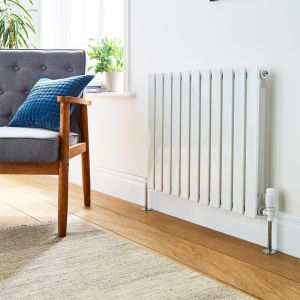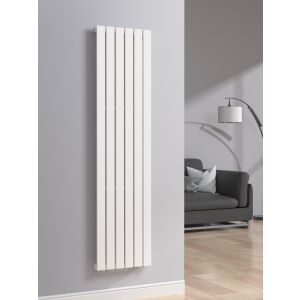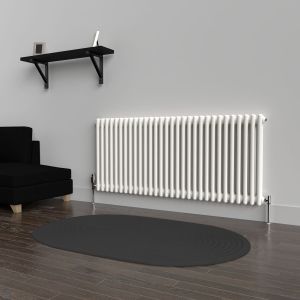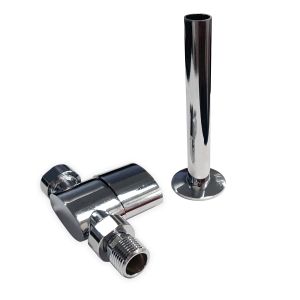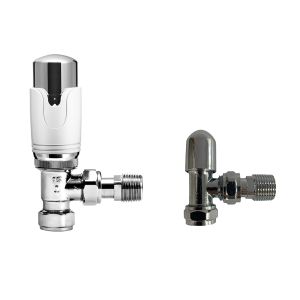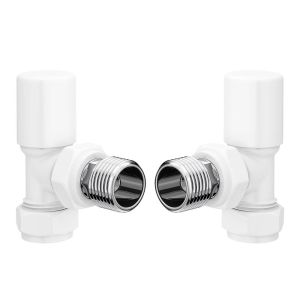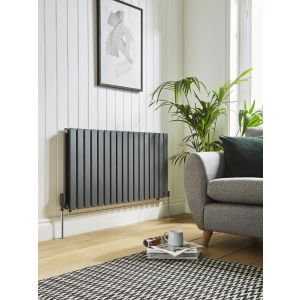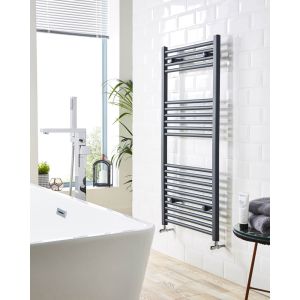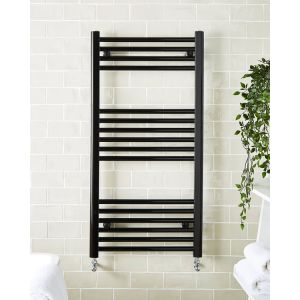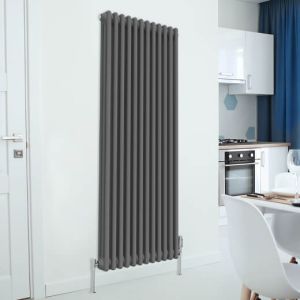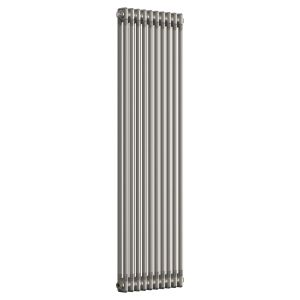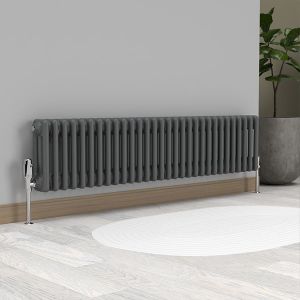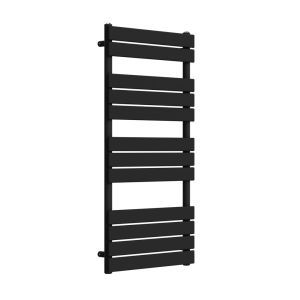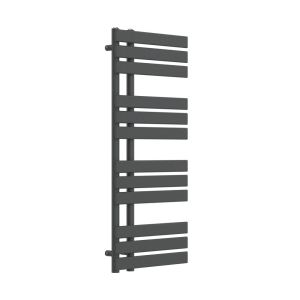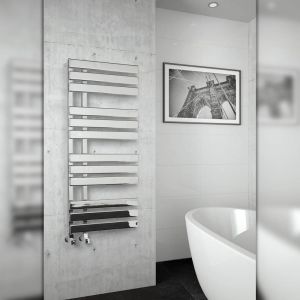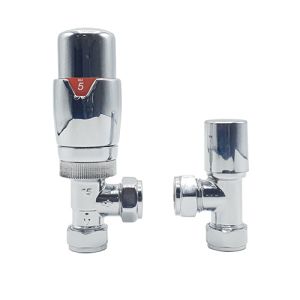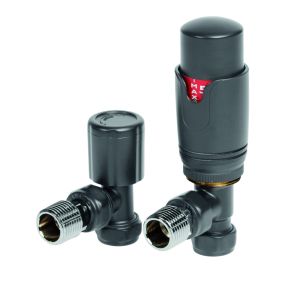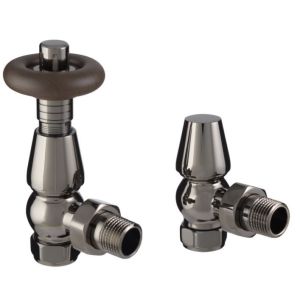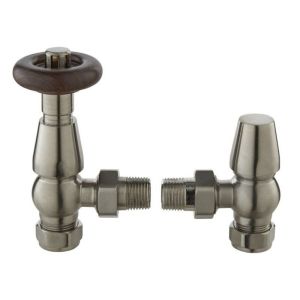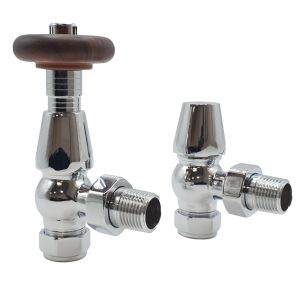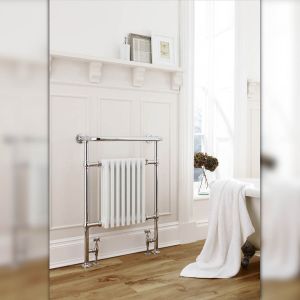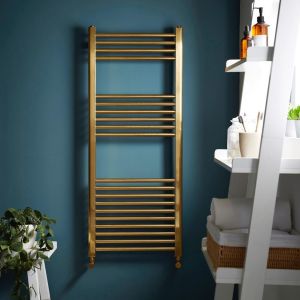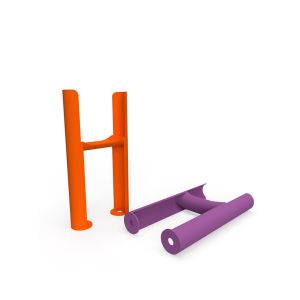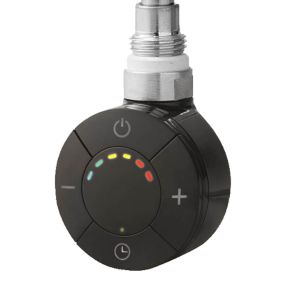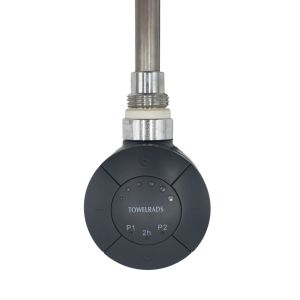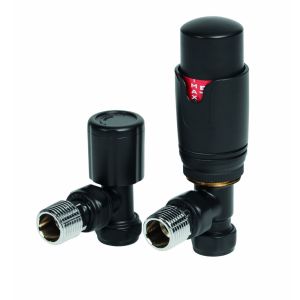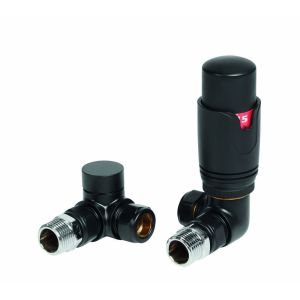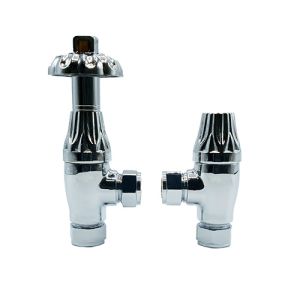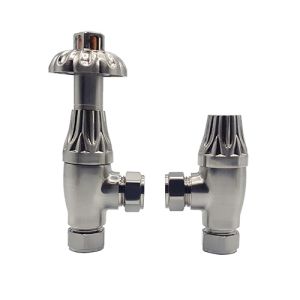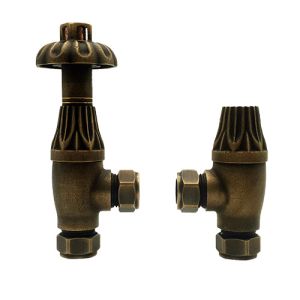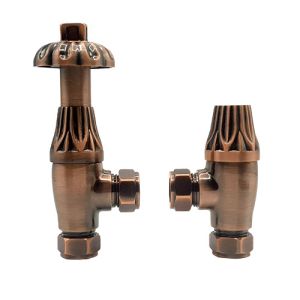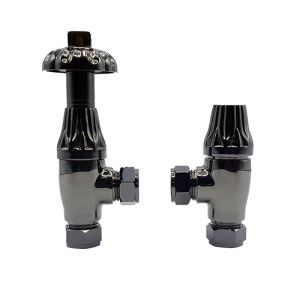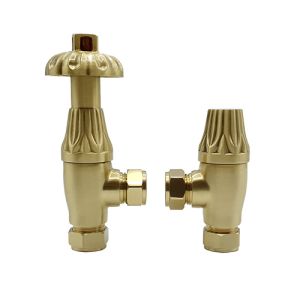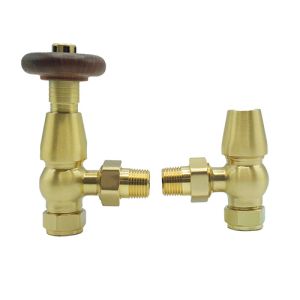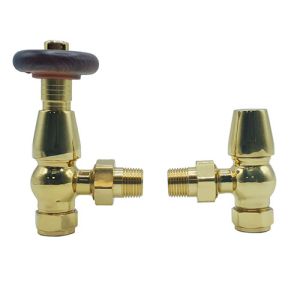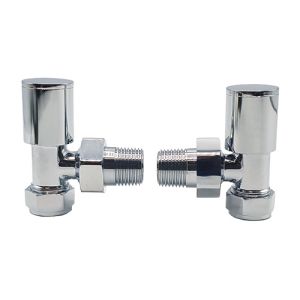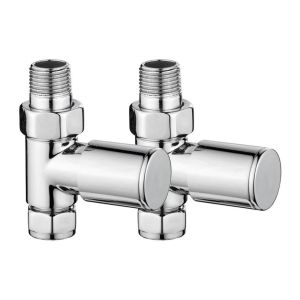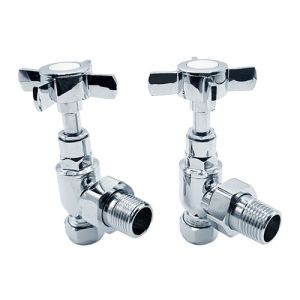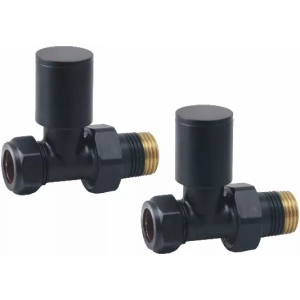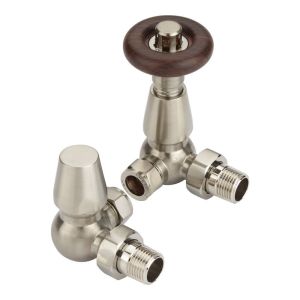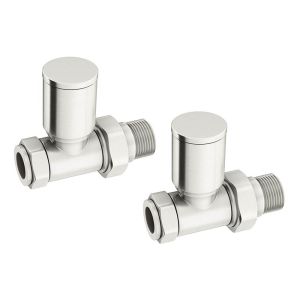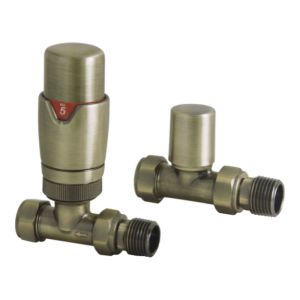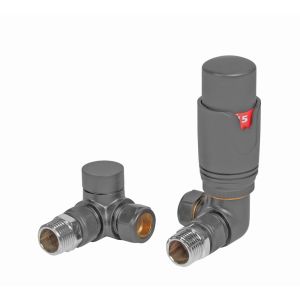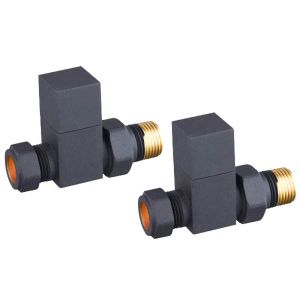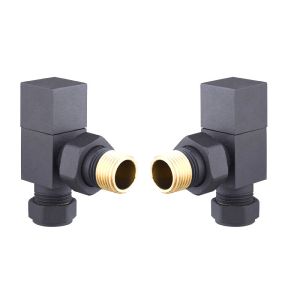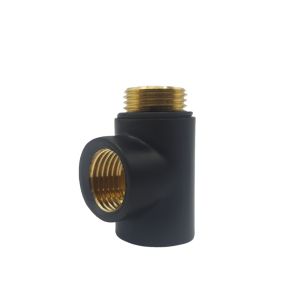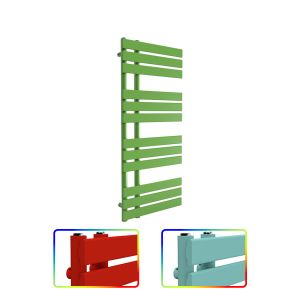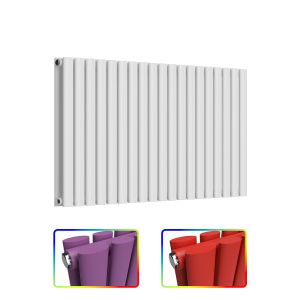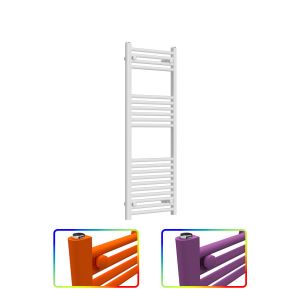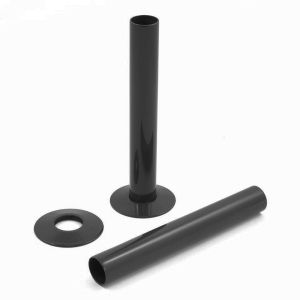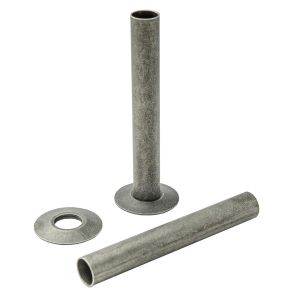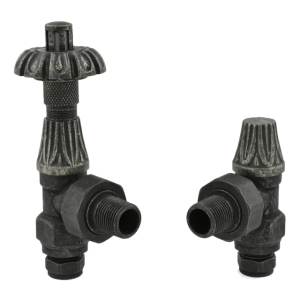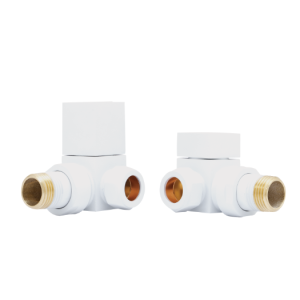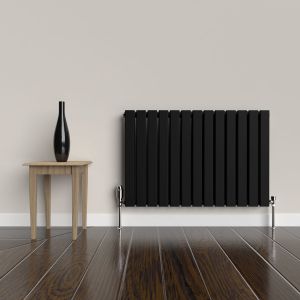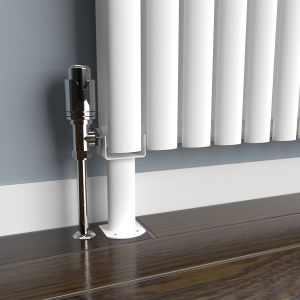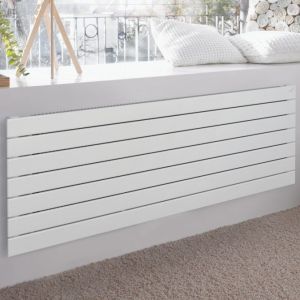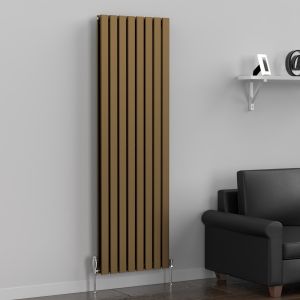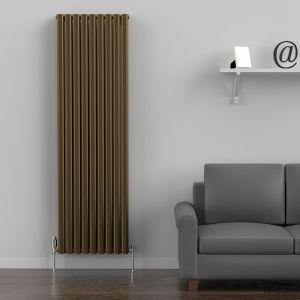Choosing which of these methods works best for you when installing your new central heating radiators depends on a number of important factors, so read on to discover which you should select.
Installing Central Heating Radiators in Series
When you’ve made the decision to install new central heating radiators to either your commercial or residential premises, you have two options open to you.
The first option is the one pipe system, which is often referred to as 'installing radiators in series’.
Popular in the seventies and eighties, the one one-pipe system can be found in many homes and buildings constructed around this time.
As the name suggests, this method uses one pipe which is connected in a series with one radiators return water serving as the supply for the next radiator. That second rad can be located in the same or different rooms.
The problem with this method of installation when it comes to modern radiators is that the last central heating radiator in the series often provides less heat than the first. This is down to the simple reason that it is the furthest away from the heat source.
This can lead to some rooms being colder than you’d like and higher energy bills as radiators need to be bigger the further away they get in order to compensate for the loss of heat. Boilers too need to work much harder to provide more and more hot water to fill each radiator in turn.

One way to avoid this when installing modern radiators is to install a bypass valve which mixes cooled return water with warm water before it is conveyed to the next radiator in the series. This option provides each radiator in the series with warm water rather than it having to rely on the boiler working overtime to provide more and more warm water.
Although this method isn’t commonly used when installing newer central heating radiators, this system can still be found in older homes.
Parallel Installation with Central Heating Radiators
A more popular method for those installing a brand-new central heating system to either older houses or new builds is the parallel installation method.
This type of installation has overtaken the series method in recent years, and with good reason!
This method uses two pipes (unlike the series method) and consists of two separate pipes rather than just the one as we saw before. One of these pipes feeds hot water to the central heating radiators, and one transports the cold water back to the boiler to be reheated, hence the term 'parallel method.'
When installing modern radiators, the parallel installation method does tend to be more expensive, but it also provides effective heating to all of the central heating radiators regardless of their location on the circuit and without the need for a bypass valve.
After reading this article, you’ve probably already decided that installing modern radiators in parallel is the best option for your next project, but you’ll also need to consider the different types of pipe you can use for this method as they do have cost implications.
Two pipe systems generally come in two types, the copper or plastic pipe combination or steel pipes.

The copper or plastic pipes options can vary in price, with copper being a far more expensive material than plastic. Using either of these pipe types for a parallel system works by means of the pipes being attached to a collector and each radiator then having a separate supply and return pipe. This type of system is proving to be a popular choice for those installing modern radiators at the moment as both materials are easy to work with and help save valuable time.
The two-pipe systems with steel pipes work in pretty much the same way as the plastic and copper pipe option, with each radiator being connected separately to the supply pipes and the return pipes.
This pipe option can be more time consuming to install and cost a little more in materials, but steel is a far more robust and hard-wearing material than plastic, so it really does depend on the budget you have available to you when installing new central heating radiators.
Once you’ve decided on the best option for your next central heating radiator installation project, you can get to work installing your modern radiators. Whatever route you take, you can enjoy great looking and energy efficient heat in every room.










